The DIG team are scientists based in Ireland and around the world. Below is a short bio about each of the team members.
Brian M. O’Reilly
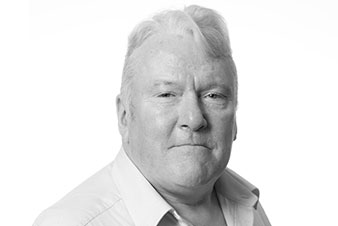
He has a broad knowledge of Irish geology and geophysics. He has expertise in active (controlled source) and passive seismology within the Munster Basin and elsewhere and the petrophysical and chemical implications of the results. He will oversee and coordinate the project and provide expertise in the analysis of the seismic data in terms of fabric and crack related anisotropy and petrophysical properties. He will also play a role in the integration of all data types (seismic, MT and petrophysical/geological data) also in public outreach and the dissemination of the research results.
Duygu Kiyan

The Schrödinger Fellow at the Geophysics Section within the Dublin Institute for Advanced Studies. She is an expert in the application of electromagnetic (EM) geophysical methods (i.e., magnetotellurics) for imaging Earth structure. Her current research focuses on resource assessment and research in volcanology. Namely deep geothermal resource investigations in Ireland, and the hydrothermal/magmatic systems of volcanoes of Azores and Iceland. She will lead and supervise the electromagnetic geophysics component of the project and will contribute to the integrated geophysical-petrological thermal modelling of Ireland and to joint inversion of EM and passive seismic datasets.
Javier Fullea

An expert in petrological-geophysical multi-variate modelling and inversion. lithospheric thermochemical modelling and inversion. He has studied the Irish lithosphere using and further developing integrated modelling tools, has led a recent project on geothermal energy in Ireland, and has been part of the research team of IRETHERM. He will supervise and participate in the assembly and probabilistic inversion of the available geophysical and geological data for the Ireland-scale maps of geothermal gradients and model of the subsurface temperature distribution.
Patrick Meere

He has carried out a number of multidisciplinary studies on the nature of Variscan deformation in southern Ireland that help characterise crustal-scale structures and regional strain patterns associated with the orogen. He also has an interest in the role of fluids in basin evolution. Recent studies include an investigation of the role and nature of upper crustal fluids in the development and Variscan inversion of the Munster/South Munster Basins. He will supervise and participate in fully characterisation of the structural architecture of the Mallow warm springs test area.
Chris Bean

A seismologist with significant expertise in shallow crustal processes, particularly in fluid-rich volcanic environments. He has also undertaken work on active seismic imagery of shallow targets using industrial seismic datasets, He is currently working on two geothermal projects involving passive seismics (Reykjanes, Iceland & Dublin basin). He will lead the reservoir scale passive seismic component of DIG and contribute to multidisciplinary data inversion. He is Senior Professor of Geophysics at DIAS and deputy director of iCRAG and has extensive experience in communicating scientific outputs and impacts to a variety of audiences.
Sergei Lebedev

An expert on the seismic imaging of the crust and underlying mantle and the leader of Ireland Array (Ireland-wide seismic network). Leader of ongoing and recently completed projects using the data for high-resolution imaging of Ireland’s crust, seismicity detection and mapping, and inferences for the geothermal resource assessment. Will supervise and participate in the creating and inversion of seismic and other data for Ireland-scale modelling of the geothermal gradients and subsurface temperature distribution.
Huda Mohamed

Research Projects Officer, monitors and manages all day-to day administrative management and acts as a support to the Project Coordinator and the Consortium as a whole. Main responsibilities are monitor the progress of WPs, compile and present interim status reports and annual reports as well as to ensure that project deliverables and milestones fulfill requirements.
Emma L. Chambers
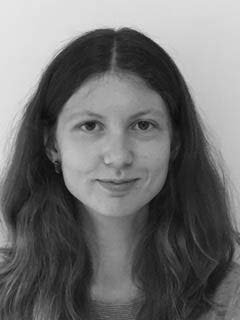
A postdoctoral researcher, specialising in seismic imaging, tomography and joint inversion. As part of the DIG project, she is working to produce Ireland-scale seismic tomography maps and models of the geothermal gradient and subsurface temperature distribution. This will be achieved by using a joint petrological-geophysical inversion and the LitMod software (Fullea et al. 2021) and will constrain the uncertainty in the models. She also has extensive fieldwork skills and has collected seismic data from stations around Ireland for use in the DIG project. Emma is now involved in work package 2 focussing on determining the thermal and lithological structure of the Munster basin. She is incorporating gravity, MT, Vp, Vs, surface waves and thermal property information to make a high-resolution basin scale geothermal model of the region.
Gaurav Tomar
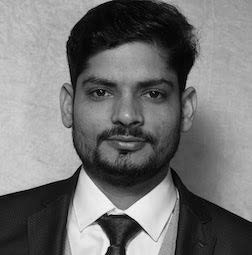
A postdoctoral researcher based at DIAS. He completed his PhD at IPGP Paris France, where he worked on the application of interferometric methods on seismic data sets from the North Sea. As a postdoctoral researcher at DIAS, he uses his expertise in seismic imaging along with potential field data modelling on marine seismic data from the Rockall Trough and the Porcupine Basin (West of Ireland). In the DIG project he will be working on long wavelength seismic data and gravity data from Munster Basin (south of Ireland). The aim is to make a geological model around the hot spring areas in Mallow to obtain the thermal gradient down to 4-5 km depth. For that he will perform gravity modelling on existing seismic profiles n the study area.
Tao Ye

A Post-doctoral research fellow at the Geophysics section within the Dublin Institute for Advanced Studies. He is a geophysicist with focus on subsurface imaging, tectonic process and geohazard potential using Magnetotellurics (MT) method. In the DIG project, he will participate in the electromagnetic geophysics component of the project with Dr. Duygu Kiyan and collaborate with other members of the DIG team. His main responsibilities include MT data acquisition, time series processing, analysis, and inversion of the data as well as its integration with other geophysical method, complemented by DIG structural geology and hydrochemistry programme.
Meysam Rezaeifar
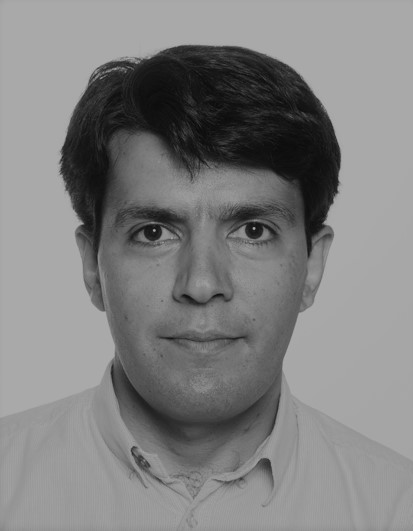
A postdoctoral researcher, specialising in passive seismic imaging and earthquake tomography in different scales, with a focus on upper crustal structures. He has extensive fieldwork skills and has collected and specially worked with seismic noise data recorded from stations deployed close to the railroads in Ireland which would be used in DIG project. As part of the DIG project, he is working on acquiring, processing and interpreting passive seismic data at a local scale in the Mallow area to map the 3D geometry of geological/seismological structures that are thought to control hot spring fluid flow. This will be achieved by deploying over 100 seismic stations in the area and recording the ambient noise for a month, extract seismic body waves and surface wave from the recorded data, and inverting these extracted information to produce a 2D/3D seismic velocity model of the area.
Aisling Scully

A postdoctoral researcher based in University College Cork, specialising in fault and fracture analysis, microstructures, geothermal fluid behaviour and 3D structural modelling with a focus on geothermal reservoir production. In the DIG project she will be carrying out integrated modelling characterising the structural architecture of the Mallow warm springs locality (Munster Basin). Her other task will be to contribute to the DIG hydro-chemical programme in the same region which will seek to characterise deep reservoir water composition to identify convective pathways and mixing zones.
Colin Hogg
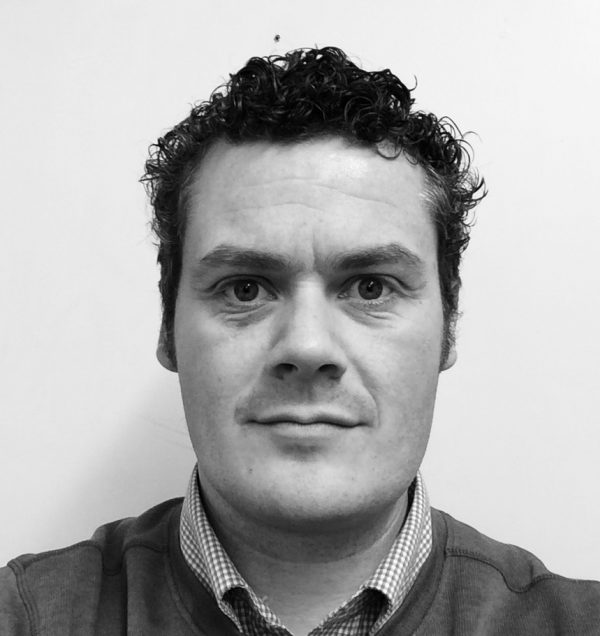
Colin Hogg has extensive experience in magnetotelluric fieldwork both internationally and nationally. Colin’s responsibility in DIG will focus on liaising with landowners and fieldwork data acquisition.
John Weatherhill

A hydrogeologist and biogeochemist based in University College Cork with expertise in carbon, nitrogen and geochemical cycling in aquatic systems and quantifying groundwater-surface water exchange patterns. He has experience in leading groundwater and surface water hydrochemical investigations throughout Ireland at various spatial and temporal scales. He will lead the DIG groundwater hydrochemistry programme to characterise deep geothermal reservoir composition and potential mixing processes at the Mallow geothermal conduit system. The investigation will utilise a number of hydrogeochemical tracer approaches including stable isotopes of water (δ2H and δ18O) (in collaboration with TCD), rare earth element fractionation, silicon geothermometry and groundwater age dating (14C-DIC and tritium) (with Isodetect GmbH commercial partners in Germany).